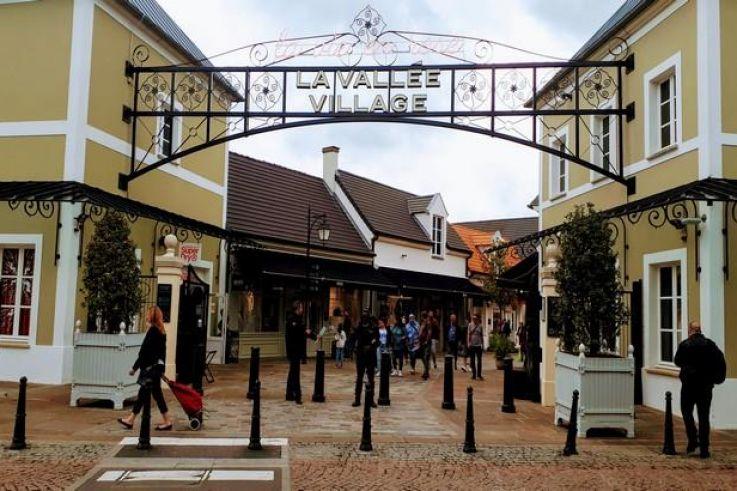Outlet villages: the Disneyland of fashion

This attention to detail and this approach to service - coupled with a relentless commercial strategy - have allowed Value Retail to position itself among the greatest commercial success stories of this decade. A success that is also consistent with the profound upheaval experienced by the sector in recent years, but also with changes in our consumption habits. According to a study by the Boston Consulting Group, more than 30% of customers who buy a designer item of clothing or accessory in an outlet store do not yet have any piece of this brand in their wardrobe. And 85% would consider repeating the experience, including in a shop which they would not have, until then, perhaps dared to push the door. But, for the magic to work, of course, you have to give them the impression that they are not buying at a discount.
And it is perhaps precisely here that Bicester Village has been able to make the difference. Inaugurated in 1995 in a small village on the outskirts of London, it served as a model for Maasmechelen Village and all the others. Considered as one of the most visited sites by Chinese tourists (the second after Buckingham Palace), the village intends to position itself as a "shopping destination" where people come to live a special experience, whether whether artistic or gastronomic as much as to afford a dress, a vase or a bag at a reduced price (the collections of previous seasons are sold at around 60% of their initial price, or even more in the two Chinese villages).

It's hard to imagine that this site, which last year increased its offer of shops by 25% to reach 160, was until the beginning of the 1990s a wasteland in the middle of the English countryside. The brands present (Balenciaga, Givenchy, Jil Sander, Dior, Gucci, Saint Laurent, Marni, Max Mara...) would make any fashion fan dream, but what keeps visitors coming back is the rest. And what remains is the possibility given to them, for example, to have brunch in the very chic Cafe Wolseley, whose decor is inspired by that of its big brother, a mythical tea room in the capital. Enough to increase the average basket of each visitor.
A shopping day like no other
It is estimated that non-European shoppers visiting Bicester spend around five hours in the village (compared to around 40 minutes in a department store in the capital) and spend an average of £1,000 (around US$1,113) there. By train, from the pretty Marylebone station in London, it takes them less than an hour to reach the village. The Asians who flock there seem to enjoy the experience. The English too, because 87% of visitors (excluding tourists) are regulars of the place. As for the practical prices, they are clearly not the group's key argument. As Valery Gijsemberg, public relations manager for Maasmechelen Village, explains: "The discounts are an extra excitement, a kind of good excuse to treat yourself to a day of relaxation, even if it means driving an hour to reach a village."
- Prev
- Next







